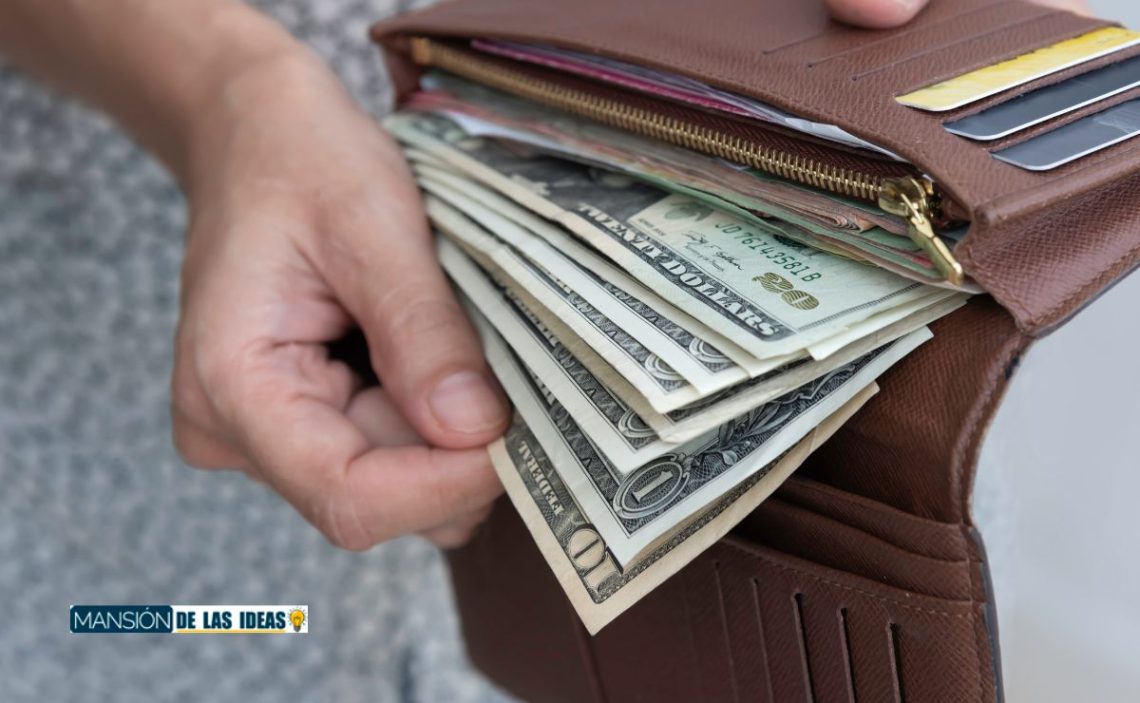In Utah, the distribution of Supplemental Nutrition Assistance Program (SNAP) benefits varies based on the recipient’s case number. Benefits are generally staggered throughout the month to ensure that the workload on the system is spread out and to provide recipients with a more consistent access to their benefits.
SNAP benefits in Utah are typically distributed over a 20-day period, beginning on the 1st of the month and continuing through the 20th. The specific day on which an individual or household receives their benefits is determined by the last digit of their case number.
Food Stamps in Utah: Find When You’ll Get Your Money In December 2023
Although, as we said just now, the payment schedule is spread over 20 days, in reality the number of days in which bank transfers are sent to the beneficiaries’ EBT cards are five, as shown below:
- Case numbers ending in 0 to 3 receive benefits on the December 1st.
- Case numbers ending in 4 to 6 receive benefits on the December 5th.
- Case numbers ending in 7 receive benefits on the December 10th.
- Case numbers ending in 8 receive benefits on the December 15th.
- Case numbers ending in 9 receive benefits on the December 20th.
It’s important for SNAP recipients in Utah to be aware of their specific benefit distribution date and plan their grocery shopping accordingly. Additionally, beneficiaries can check their benefit balance and transaction history online or by calling the Utah Electronic Benefit Transfer (EBT) Customer Service hotline.
Keep in mind that these details may be subject to change, so it’s advisable to check with the Utah Department of Workforce Services or the official SNAP website for the most up-to-date information.
Maximum Food Stamps Allotments For Fiscal Year 2024
According to the adjustments in the values made by the SNAP program each year, following the inflation of each 12-month period, the maximum values payable to each household increased by 3.6% on average, as shown in the next chart:
| Household Size | Increased Amount in
48 Contiguous States |
% of Increase |
| 1 | $1,133 | 3.6% |
| 2 | $1,526 | 3.7% |
| 3 | $1920 | 3.5% |
| 4 | $2,313 | 3.6% |
| 5 | $2,706 | 3.5% |
| 6 | $3,100 | 3.5% |
| 7 | $3,493 | 3.5% |
| 8 | $3,886 | 3.5% |
| Each additional person | $394 | 3.8% |
Of course, these values are the maximum, and it is not a guarantee that you and your household will receive that amount. It may vary depending on a number of elements to consider in each state where the food stamp program is present.
Things You Can or Can’t Buy With Food Stamps
Food stamps can be used to purchase a variety of food items. However, there are certain restrictions on what can and cannot be bought with SNAP benefits.
Permissible items include:
- Fruits and Vegetables: Fresh, canned, frozen, and even seeds and plants that produce food can be purchased.
- Meat, Poultry, and Fish: Various types of meat, poultry, and fish are eligible for purchase.
- Dairy Products: Milk, cheese, and other dairy products are allowed.
- Bread and Cereals: Various types of bread, cereals, and grains are eligible.
- Snack Items: Certain snack items such as chips, cookies, and ice cream are eligible, as long as they are not hot or ready-to-eat.
- Seeds and Plants: Seeds and plants that produce food for the household to eat can be purchased.
On the other hand, SNAP benefits cannot be used to buy:
- Non-Food Items: Items such as pet food, cleaning supplies, and toiletries are not eligible.
- Alcohol and Tobacco: Purchasing alcoholic beverages and tobacco products is not allowed.
- Hot Foods: Prepared foods meant for immediate consumption, like hot deli items, are generally not eligible.
- Vitamins and Medicines: Nutritional supplements, vitamins, and over-the-counter medicines are not covered.

